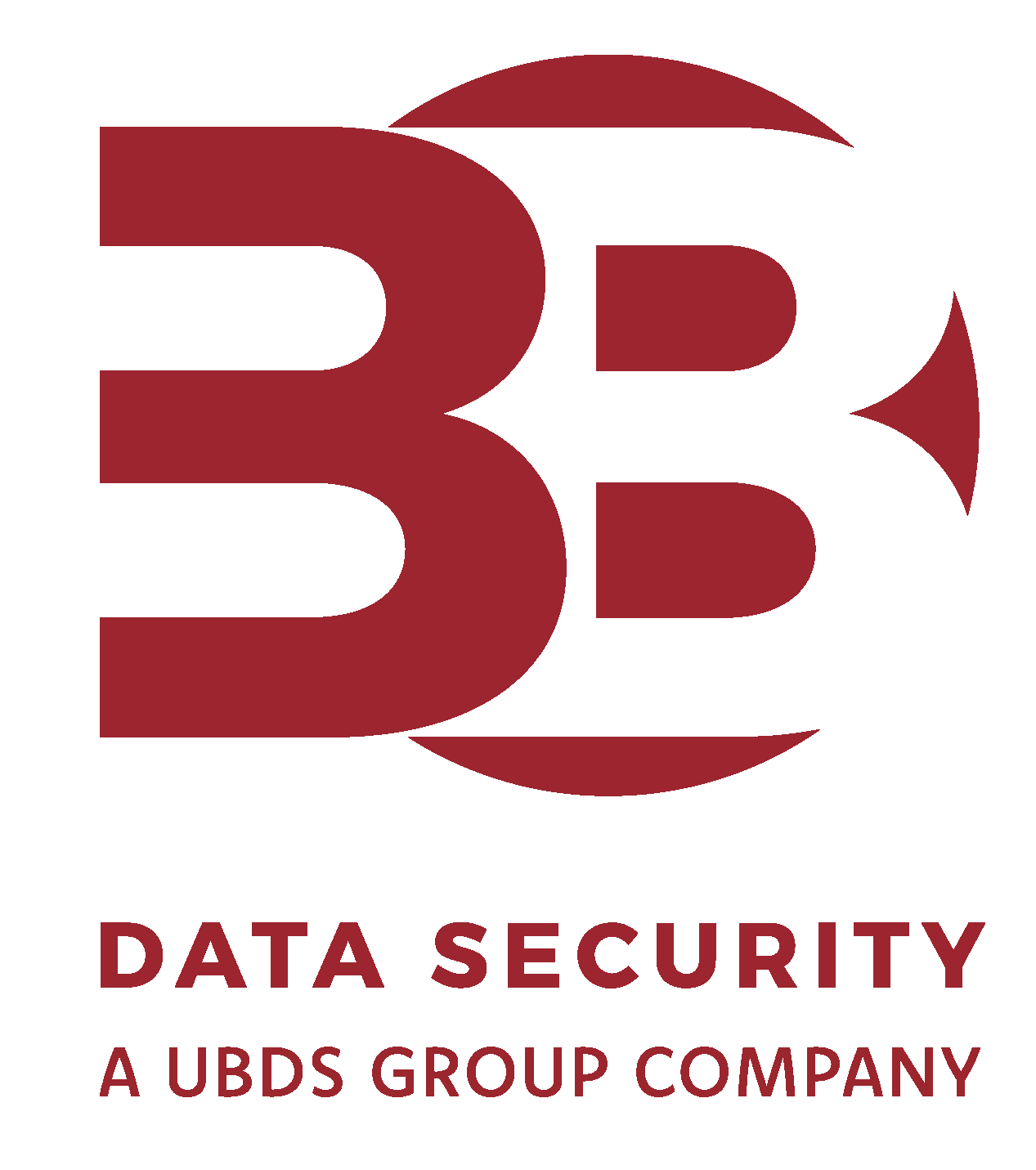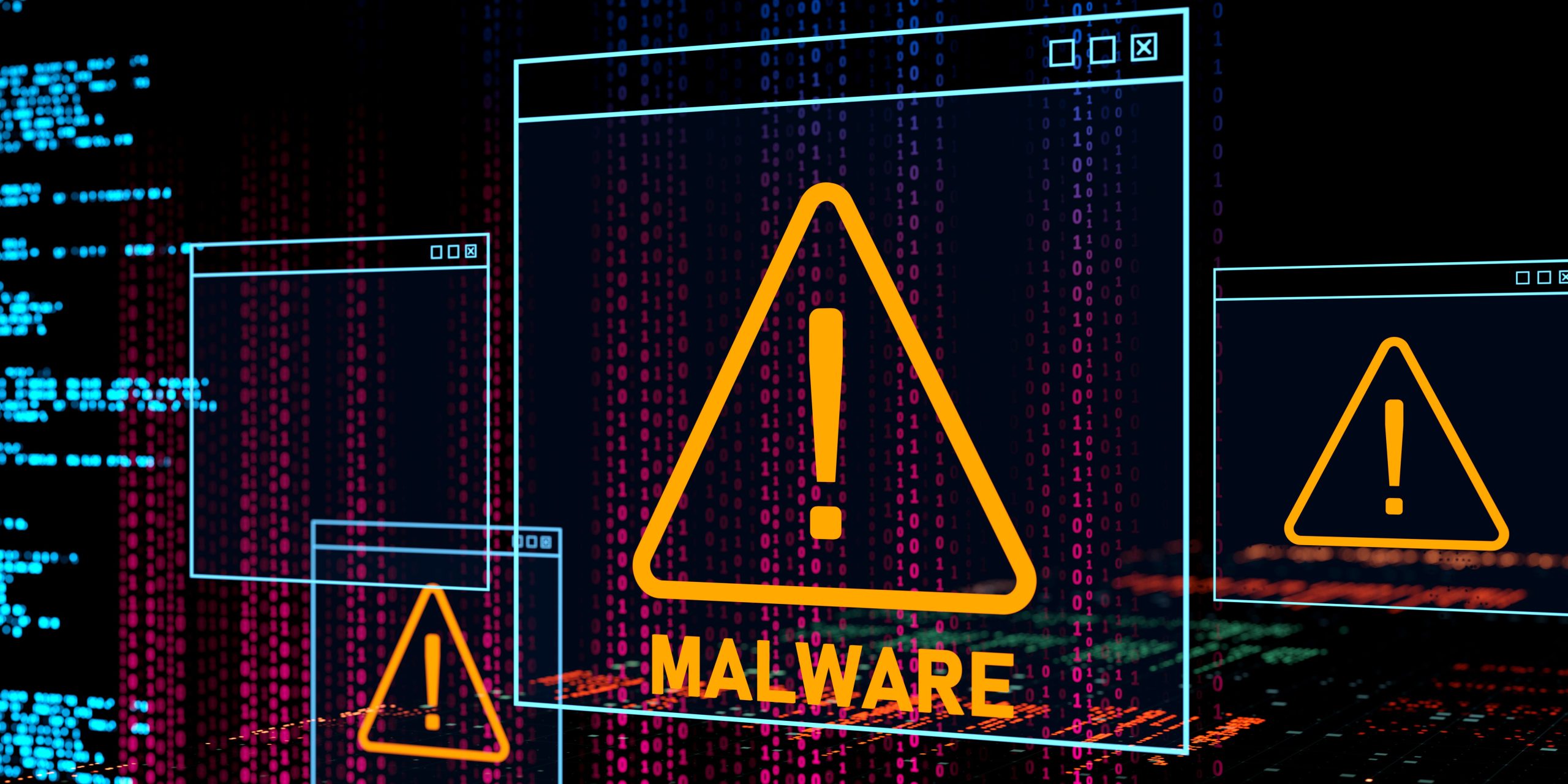Ransomware has become one of the most disruptive cyber threats facing UK organisations today, and it’s not just an IT problem anymore. From financial penalties and regulatory reporting requirements to operational downtime and reputational damage, the impact of an attack goes well beyond encrypted files and ransom notes.
Yet, many organisations still don’t know what to do in those crucial first moments after discovering an incident. This blog breaks down the real-world steps your business should take if you are hit with ransomware, plus how to avoid common mistakes, and where to get expert support when it matters most.
What Is Ransomware and How Does It Work?
Ransomware is a type of malicious software that blocks access to systems or data – typically by encrypting files – until a ransom is paid. In many modern attacks, threat actors go further by stealing data before encryption, threatening to leak it online if payment isn’t made. This tactic, known as double extortion, creates both operational disruption and a serious legal risk.
These attacks are increasingly launched via pre-packaged Ransomware-as-a-Service (RaaS) kits sold on the dark web, making it easier than ever for cybercriminals to target businesses of all sizes.
The moment ransomware is detected, every decision counts. Take calm, deliberate action. The wrong move (like wiping infected systems) can make recovery much harder and compromise forensic investigations.
What to Do Immediately After a Ransomware Attack
1. Isolate Affected Systems
Act fast to contain the threat. Disconnect infected devices from the network, physically if necessary. Disable compromised accounts and remote access. Don’t power down machines unless advised to do so; you could lose valuable forensic data. Your goal is to stop the spread, not fix things yet.
2. Preserve Evidence
Don’t rush into cleanup. Take screenshots of ransom notes and unusual activity. Save logs from firewalls, endpoints, and authentication systems. Avoid deleting or restoring anything until a forensic specialist has reviewed it. Preserving evidence is critical for understanding what happened.
3. Avoid Direct Contact with the Attacker
Never respond to ransom messages without expert advice. Threat actors can manipulate you or collect more information. Keep internal communications secure, and don’t use potentially compromised systems. Wait for specialist support before taking any further action.
4. Engage Your Cyber Incident Response Partner
If you have a partner like 3B Data Security, this is when they step in. We help contain the attack, preserve evidence, manage reporting, and coordinate recovery. If you don’t have expert support, get it immediately, ransomware is not a DIY situation.
Key Pillars of a Ransomware Incident Response Plan
Contain
Stop the spread. Isolate systems, lock down admin tools, and disconnect risky integrations. Use security tools to block lateral movement and scan for related threats.
Communicate
Inform internal teams early, IT, execs, legal, and comms. Plan how you’ll talk to clients, regulators, and the public. Keep messages simple, factual, and coordinated.
Comply
Start assessing whether data was accessed. If personal data is involved, notify the ICO within 72 hours. If there is a potential loss of payment card data, contact your merchant bank (acquirer). Don’t wait for full confirmation, act on what you know.
Collaborate
Bring in experts – forensics, threat intelligence, legal, and insurance. Early involvement improves decision-making and protects your legal and financial position.
Clean Up
Only restore from clean, verified backups. Rebuild systems securely and update credentials. Monitor closely for lingering threats and patch exploited weaknesses. Recovery is your chance to improve.
Mistakes That Can Make Things Worse
Even with the best intentions, some actions can cause lasting problems. Avoid these common errors:
- Paying the ransom without expert advice: Not only is payment legally risky, but many attackers don’t provide a working decryption key or delete stolen data.
- Restoring too quickly: Rebooting systems before identifying the threat source can reintroduce the same problem.
- Failing to notify regulators or insurers on time: Breach notification deadlines are tight. Missing them can lead to regulatory penalties or rejected claims.
- Assuming the impact is isolated: Many ransomware campaigns include backdoors or dormant malware elsewhere in your network.
Who Should Be Involved in the Response
Responding effectively requires input from across your organisation, and beyond. Your core ransomware response team should include:
- IT/security leads or your managed service provider, for technical response and recovery.
- Legal and compliance advisors, particularly for GDPR, PCI DSS, and insurance.
- Executive sponsor, usually from your leadership team, to approve key decisions and represent the business.
- Comms/PR lead, especially if external messaging or press management is needed.
- External cyber experts, like 3B Data Security, to lead forensics, strategy, and regulatory support.
Having clearly defined roles and knowing who to call before the crisis makes your response faster, smoother, and far more effective.
Be Ready Before It Happens
Ransomware moves fast. Don’t wait until you’re under pressure to build your plan. Our Incident Response Retainer Service ensures you have experts on hand the moment something goes wrong, with tools, templates, and threat detection included.
And if you think you’ve already fallen victim to ransomware, get in touch immediately. We offer a dedicated Emergency Incident Response service, available 24x7x365, to help you contain the threat, assess the impact, and take back control as quickly and safely as possible.







